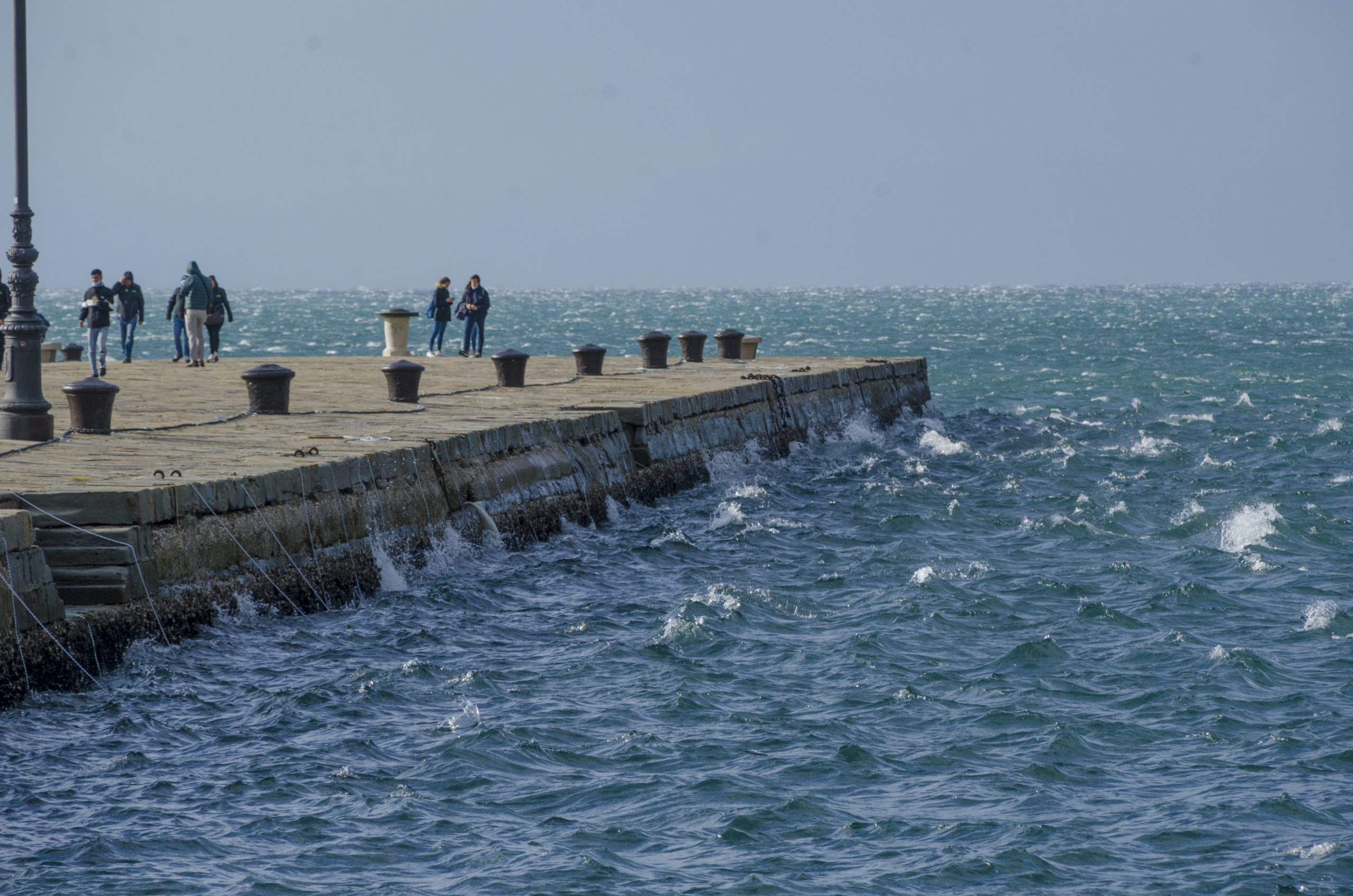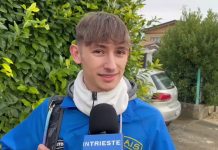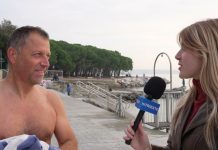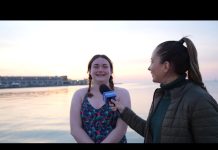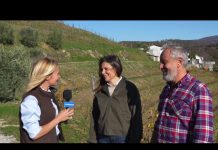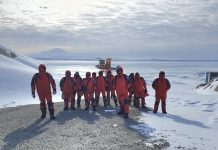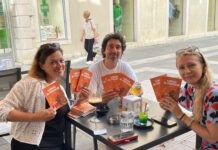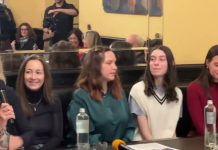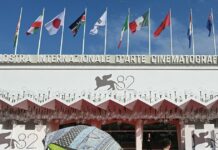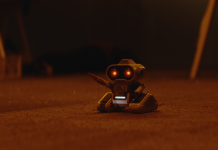by Maximiliano Crocamo
Interview: Fabio Scoccimarro, FVG councilor for Environment, Energy and Sustainable Development; Fulvio Stel, scientific director ARPA FVG
A yearlong partnership between Friuli Venezia Giulia’s Regional Environmental Protection Agency (Arpa FVG) and the Tomaso di Savoia Duca di Genova–Luigi Galvani Nautical Institute has produced new environmental data from the Gulf of Trieste and laid the groundwork for an expanded program that will incorporate artificial intelligence and microplastics research. The initiative, conducted with the support of the Italian Naval League’s Trieste section, is being held up as an example of successful collaboration between public agencies, schools and local associations.
The agreement, first launched for the 2024–25 period, combined classroom instruction with hands-on fieldwork. Students took part in training sessions led by Arpa FVG specialists during the 2024 Barcolana regatta and again at the institute in January 2025. The project formally began in March with a press event and an initial outing hosted at the Naval League headquarters, which provided boats for the program.
Over the course of the academic year, students completed 23 research excursions, involving more than 150 participants. Fourteen students at a time joined the outings aboard two boats, equipped with protective gear and insured through the Italian Sailing Federation.
Preliminary results were shared with the public at several regional events, including the Mare Nord-Est fair in May and the 2025 edition of Barcolana in October. A short documentary was also produced to support public outreach.
Regional officials praised the initiative for linking technical education with environmental stewardship. “Environmental education and technical training for younger generations are essential elements for building a sustainable future,” said Fabio Scoccimarro, the regional councillor for environment, energy and sustainable development. Francesco Fazari, principal of the Nautical Institute, noted that the collaboration allowed students to apply classroom knowledge in real-world settings, strengthening ties between the school and local institutions.
The Naval League, which hosted a basic sailing course and provided vessels for scientific sampling, also expressed satisfaction with the project. “It has been rewarding to offer students an educational path at sea,” said its Trieste chapter president, Roberto Benedetti.
A Focus on Marine Conditions and Biodiversity
Fieldwork centered on physical parameters of the gulf’s waters, with measurements taken at multiple points along an Arpa-defined transect. Students gathered data on wave height, wind and surface currents using portable instruments. These observations are being compared with remote measurements from the Gulf of Trieste’s high-frequency radar network and with numerical models developed by Arpa FVG.
The activities were carried out in accordance with the European Union’s Marine Strategy Framework Directive. Students conducted visual surveys of floating litter and gelatinous organisms—macrozooplankton including jellyfish, ctenophores and tunicates.
Seven species of gelatinous organisms were recorded over the course of the year. Jellyfish from the genera Rhizostomaand Aurelia were the most frequent, accounting for roughly one-third and one-quarter of sightings respectively. Ctenophores of the Mnemiopsis genus, commonly known as sea walnuts, represented about 13 percent.
Floating litter remained a persistent presence, with an average of 15 items observed per outing. The most common were cigarette butts, followed by polystyrene boxes and plastic lid caps. Mucilage—dense organic aggregates sometimes found in northern Adriatic waters—was observed during only two outings, in May and October.
Expanding the Program With Artificial Intelligence
Encouraged by the program’s results, Arpa FVG and the Nautical Institute have agreed to renew and expand the collaboration for an additional two years. New activities will include broader monitoring operations and pilot projects involving artificial intelligence for automated recognition of jellyfish and marine litter.
The next phase also aims to introduce water sampling for microplastics and smaller organisms. The Nautical Institute has expressed willingness to extend navigation to the full transect used by Arpa FVG, broadening geographic coverage.
“These agreements represent experimental initiatives that address two core responsibilities of agencies like ours: environmental monitoring and environmental education,” said Anna Lutman, Arpa FVG’s director general. “In this case, environmental education was carried out through monitoring methods similar to those our agency employs every day.”
As the collaboration moves forward, regional officials hope it will continue to strengthen scientific literacy among students while contributing to the protection of the Adriatic’s fragile marine ecosystem. The model, they say, offers a blueprint for integrating public institutions, educational programs and community organizations in service of environmental stewardship.




